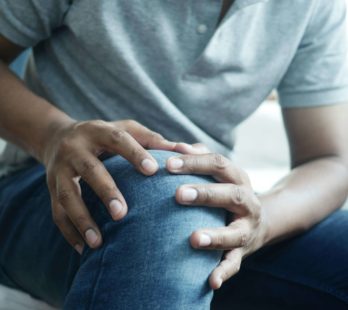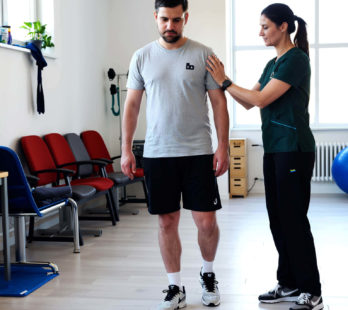5 Overlooked Hand/Upper-Extremity Injuries — And How Hand Therapy Helps
It’s easy to ignore many minor aches and pains. With all of life’s responsibilities, obligations, and opportunities, most of us are too busy to worry about some minor discomfort. Even in our hands and wrists, some of our body’s most necessary and useful parts, it’s easy to brush off minor pain as “normal” and expect it to go away on its own.









